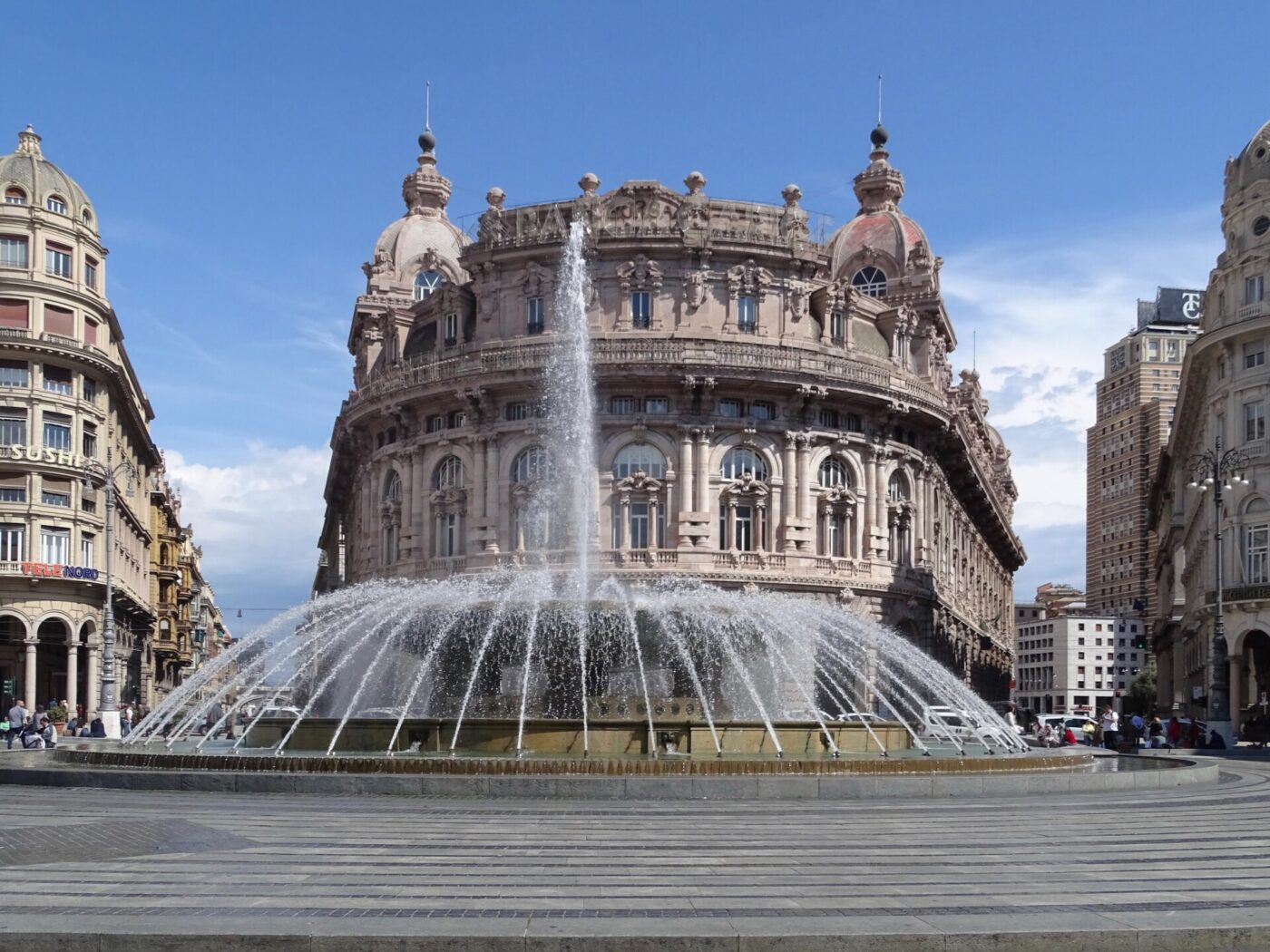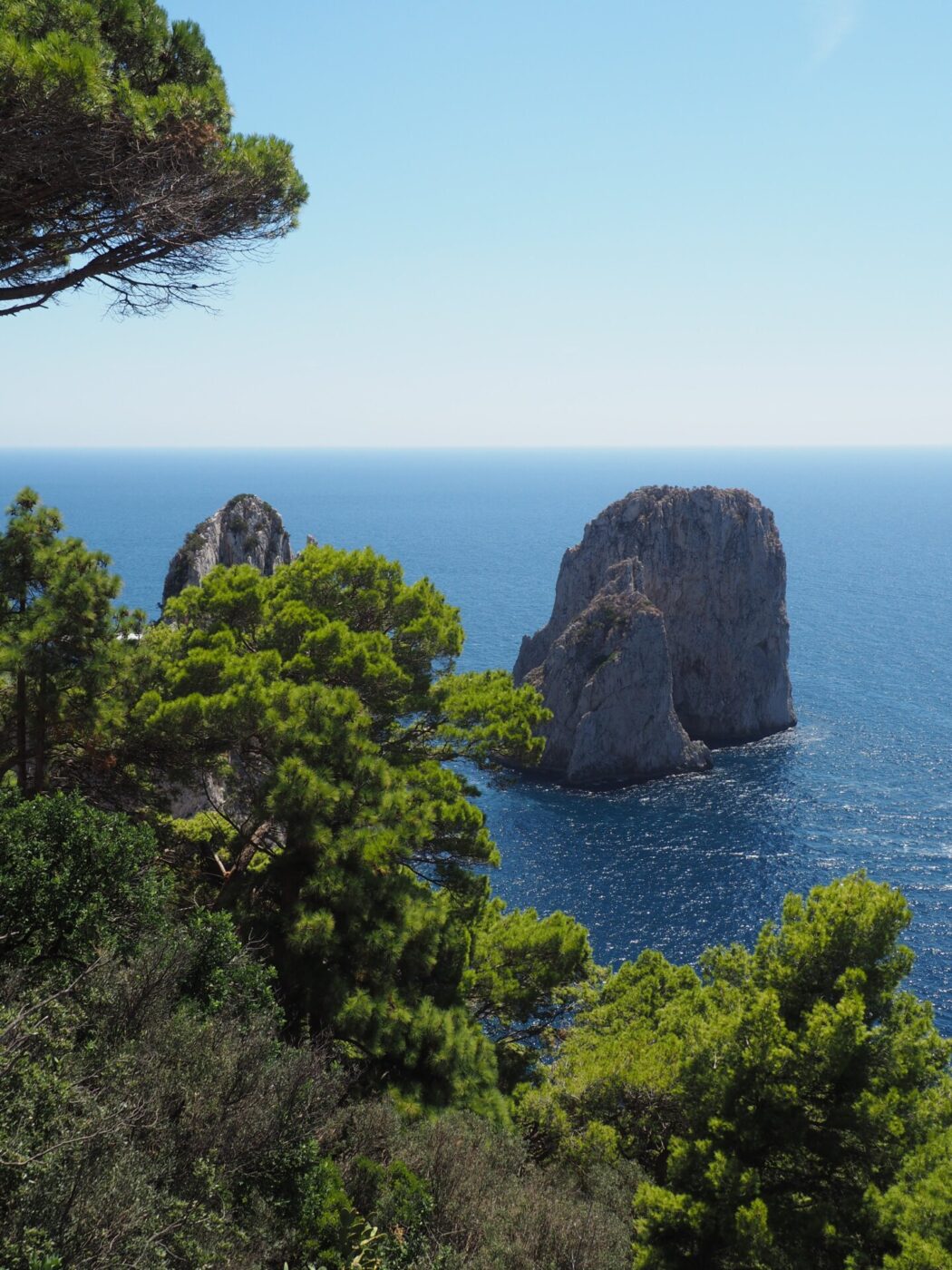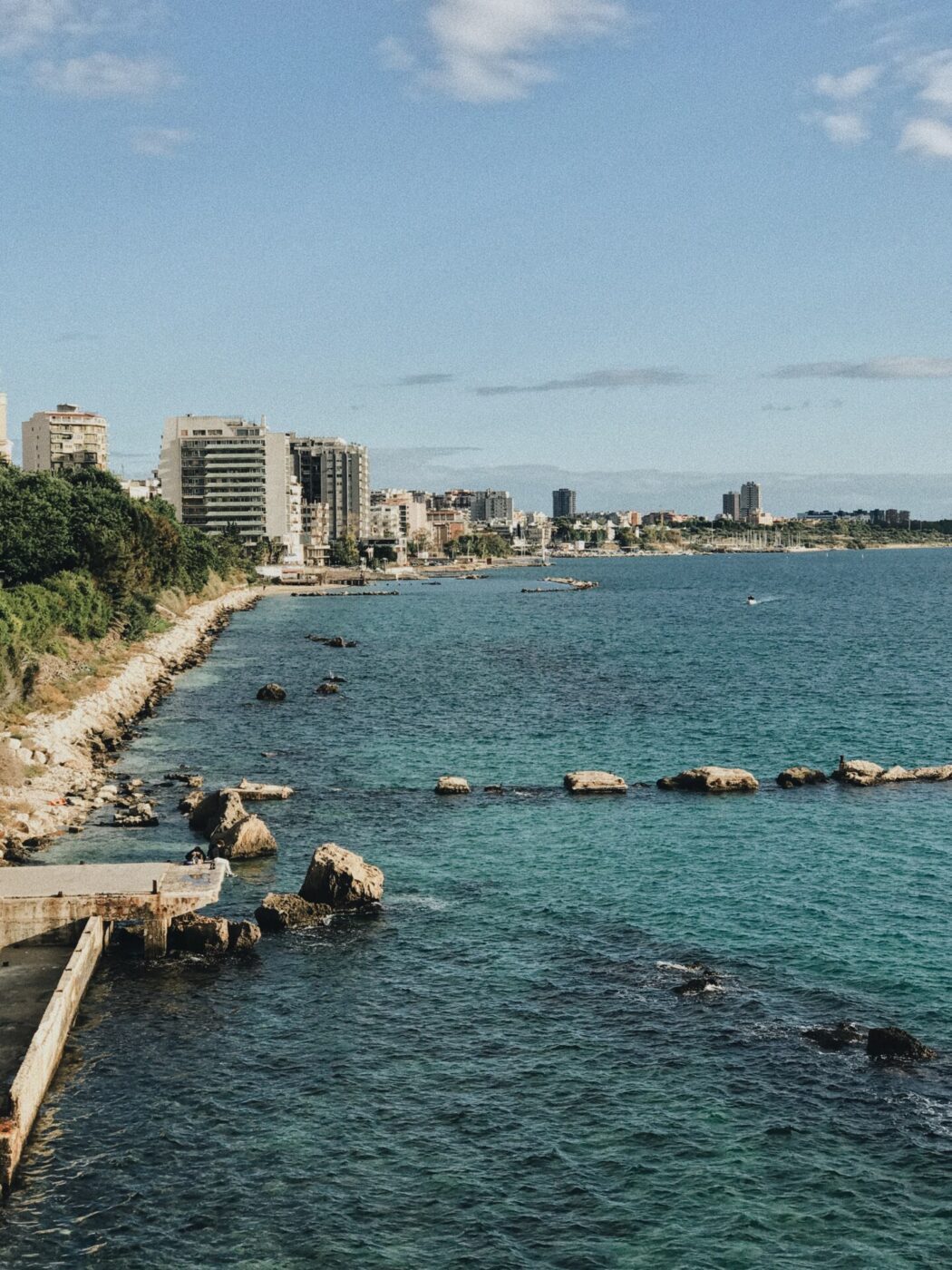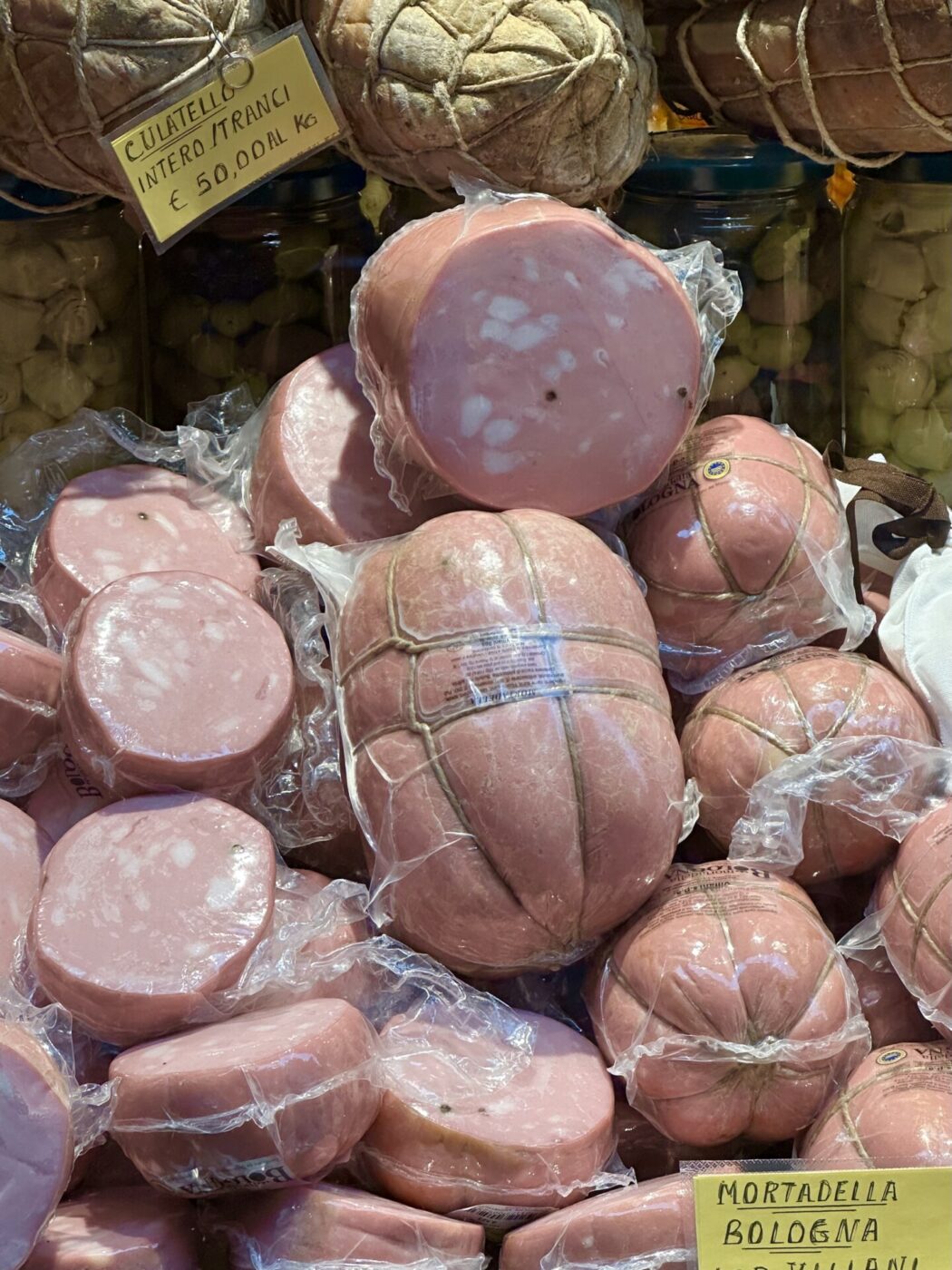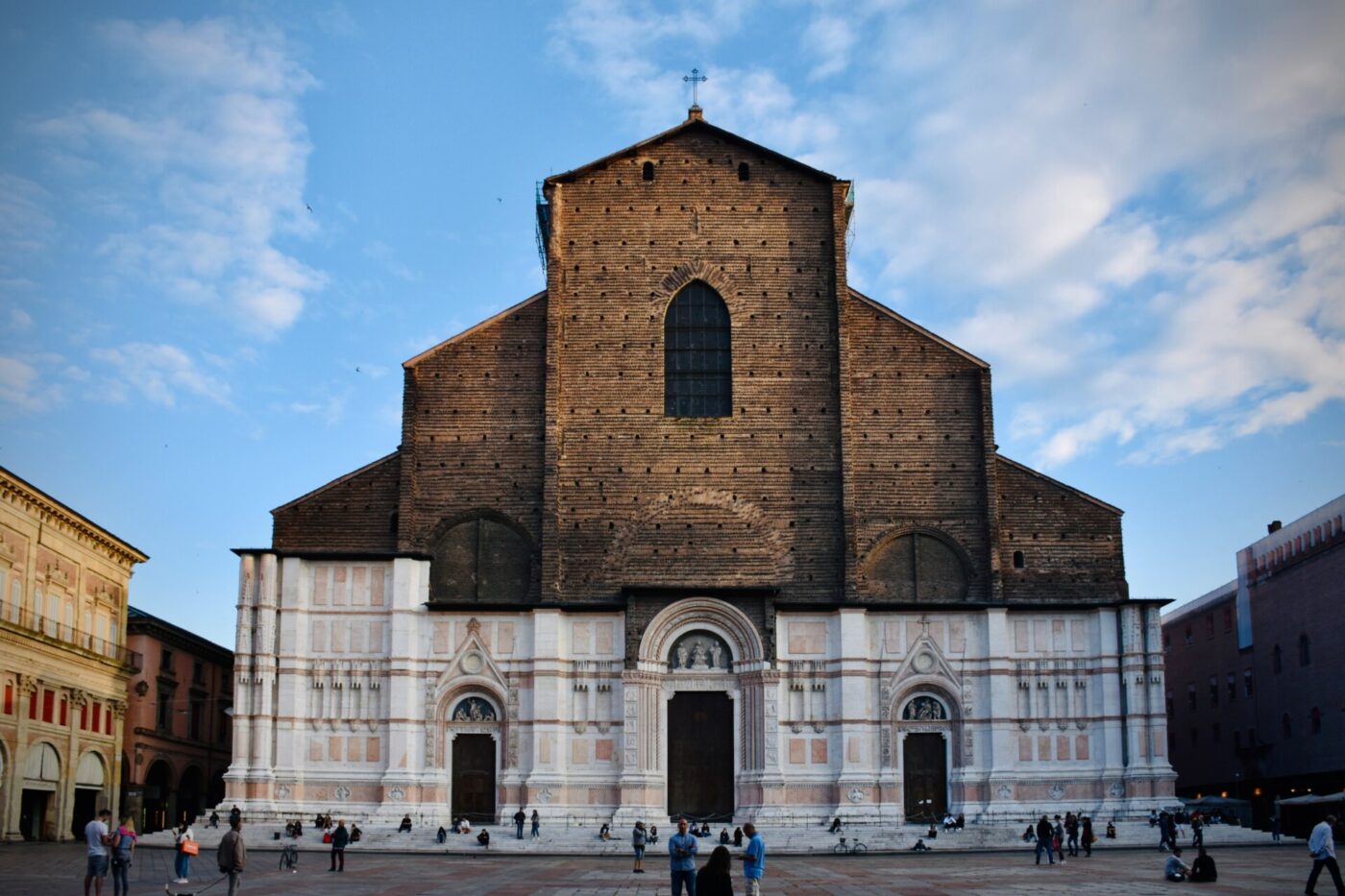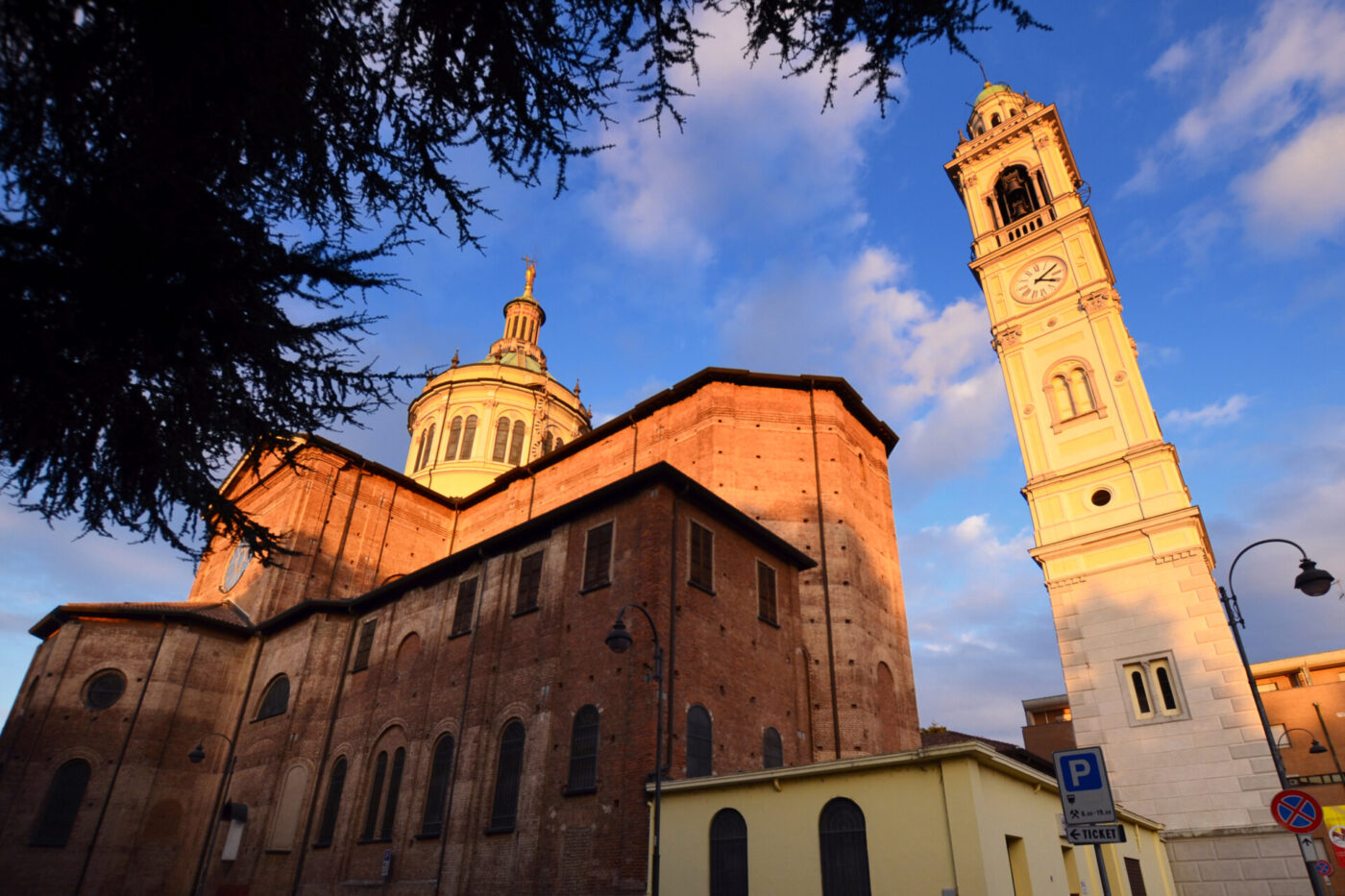JEANS
Boot-leg. Skinny. Flair. High-waisted. Mom. Low-rise. Boyfriend. Jeans today might come in all shapes and sizes, but the word originates in the mid-15th century from Liguria’s capital, Genova. The port city, which was historically very working class, produced a hard-wearing, twilled cotton cloth (similar to corduroy) for workers’ clothing and navy sailors, as well as for ships’ sails. The Genovese fabric, typically blue, was cheap and accessible, worn by workers in Northern Italy and Europe well into the 18th century, and developed the name “gênes fustain” or “bleu de gênes” abroad. In the mid-19th century, German businessman Levi Strauss moved from Germany to California, and he seized the opportunity to create sturdy work clothes for the influx of miners moving west for the Gold Rush. Drawing upon bleu de gênes, he created “blue jeans”, reinforced with metal rivets, a design he patented with Jacob Davis.
Fun Fact: French weavers in the town of Nîmes tried to replicate Genova’s signature fabric, developing an even sturdier one for clothing that they began to dye indigo. This fabric de (from) Nîmes is what we know as denim today.
Another Fun Fact: The word “pants” also stems from Italian: “pantaloons” are associated with “Pantaloun”, a comical, elderly character–with origins in saint San Pantaleon–from Italian theater, who wore tight trousers over his slender legs.
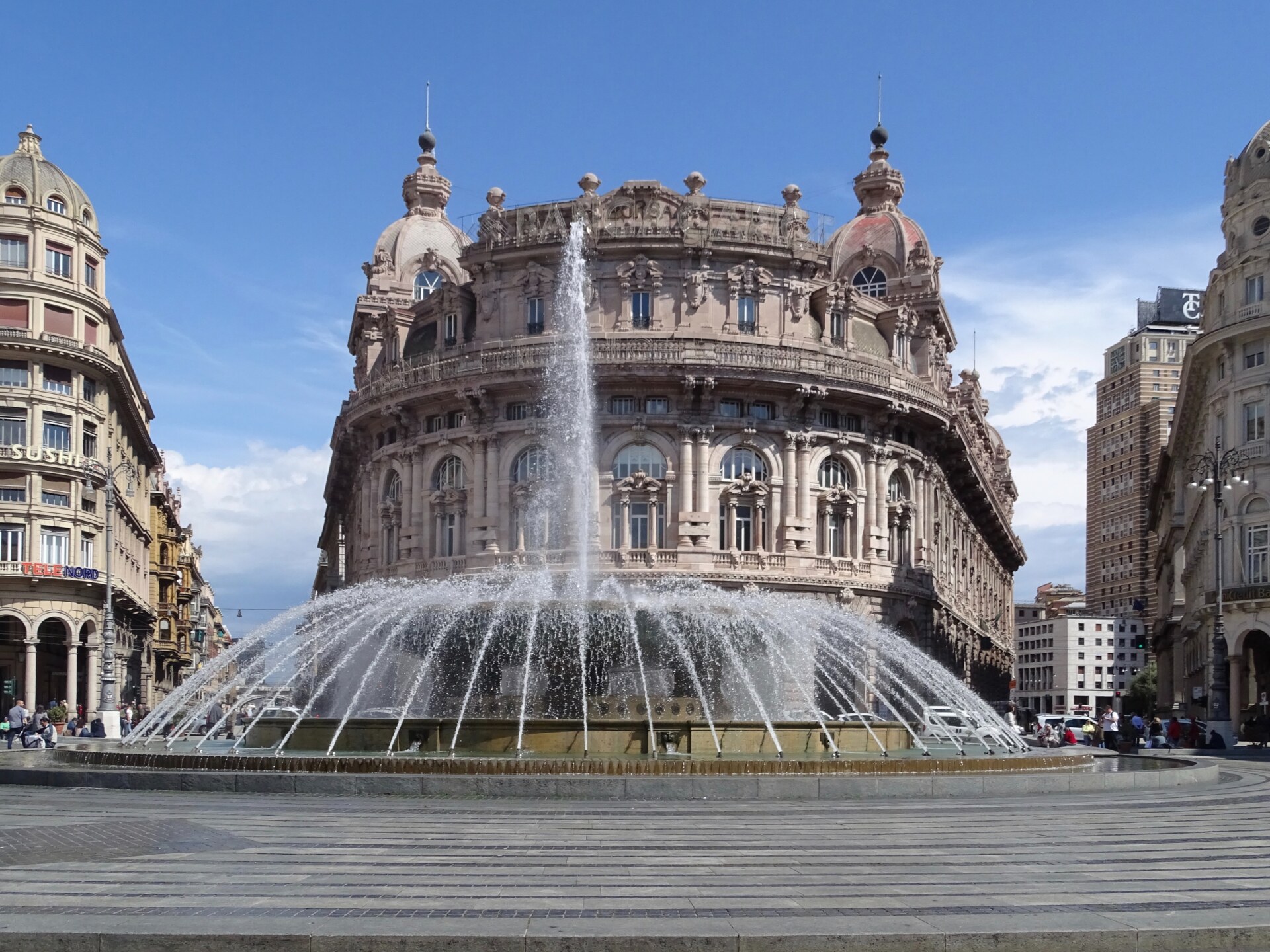

"Lumberjacks" (1939); photo by Dorothea Lange
CAPRI PANTS
The island of Capri is synonymous with glitz and glamor–and there is nothing glamorous about having wet pants. In the early 20th century, rebel fashion designer Sonja de Lennart notoriously created and wore pants at a time when women wearing trousers often were excluded from respectable establishments, and could even be arrested for donning “men’s” attire. She visited Capri–her favorite destination–from Prussia between the world wars, and hated when her pants got wet when she walked along the shore. When she opened a boutique after World War II, she introduced these new cropped, mid-calf length pants, naming them “Capri Pants” after the carefree elegance of the island. In the 50s and 60s, the pants skyrocketed in popularity on Capri as well as abroad, donned by women of the upper class (who sometimes called them “Pedal Pushers”) and stars like Audrey Hepburn, Marilyn Monroe, Brigitte Bardot, and Mary Tyler Moore.
Fun Fact: Capris took to the red carpet in way less elegant looks in the early aughts; those capri cargos are still burned into our memories.


TARANTULA
Just reading about these fuzzy, two-big-for-comfort, eight-legged creatures makes us shudder. Their name comes from a small southern town in Puglia called Taranto, located on the Gulf of Taranto, where there was, apparently and unfortunately, an abundance of hairy spiders. These spiders, however, were not what we now know as “tarantulas” (which are actually from the family Theraphosidae), but common wolf spiders (Lycosa tarentula). Although it has now been proven that both L. tarentula, as well as the hairy creatures we call tarantulas today, are not dangerous to humans, Taranto locals in the 15th to 17th centuries believed that the bite of one caused a form of hysteria called tarantism (the bites were likely from local black widow spiders instead). They believed that the only way to be cured from tarantism was frenzied dancing to spread the poison around the body and to make you sweat the toxins out. This “dance” came to be called the tarantella, now a classic, upbeat, quick-stepping couples folk dance performed across Italy and Italian-American weddings abroad. The Taranto people were right about one thing: we can’t see one of these furry creatures without moving our bodies, preferably as quickly and far away as possible.
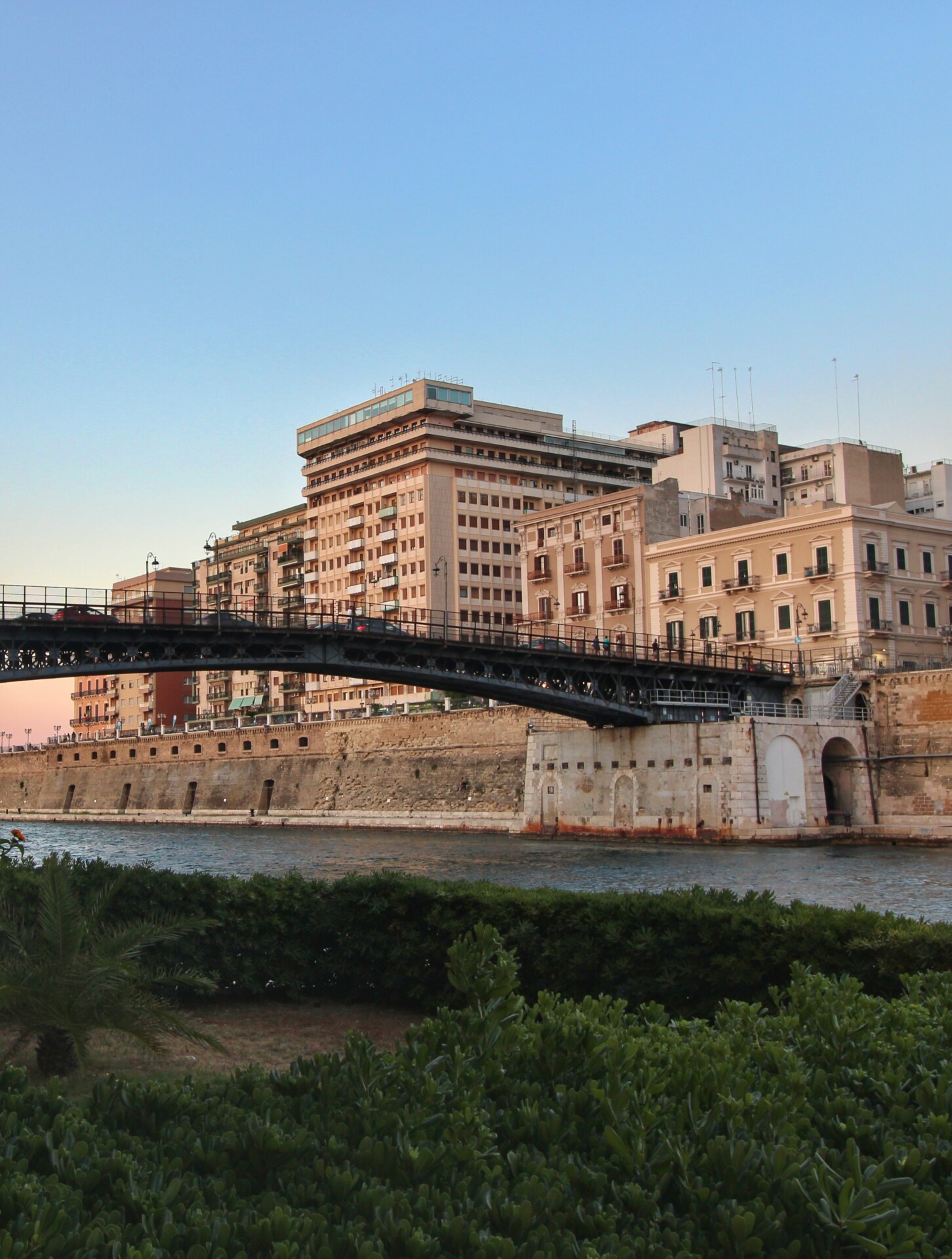
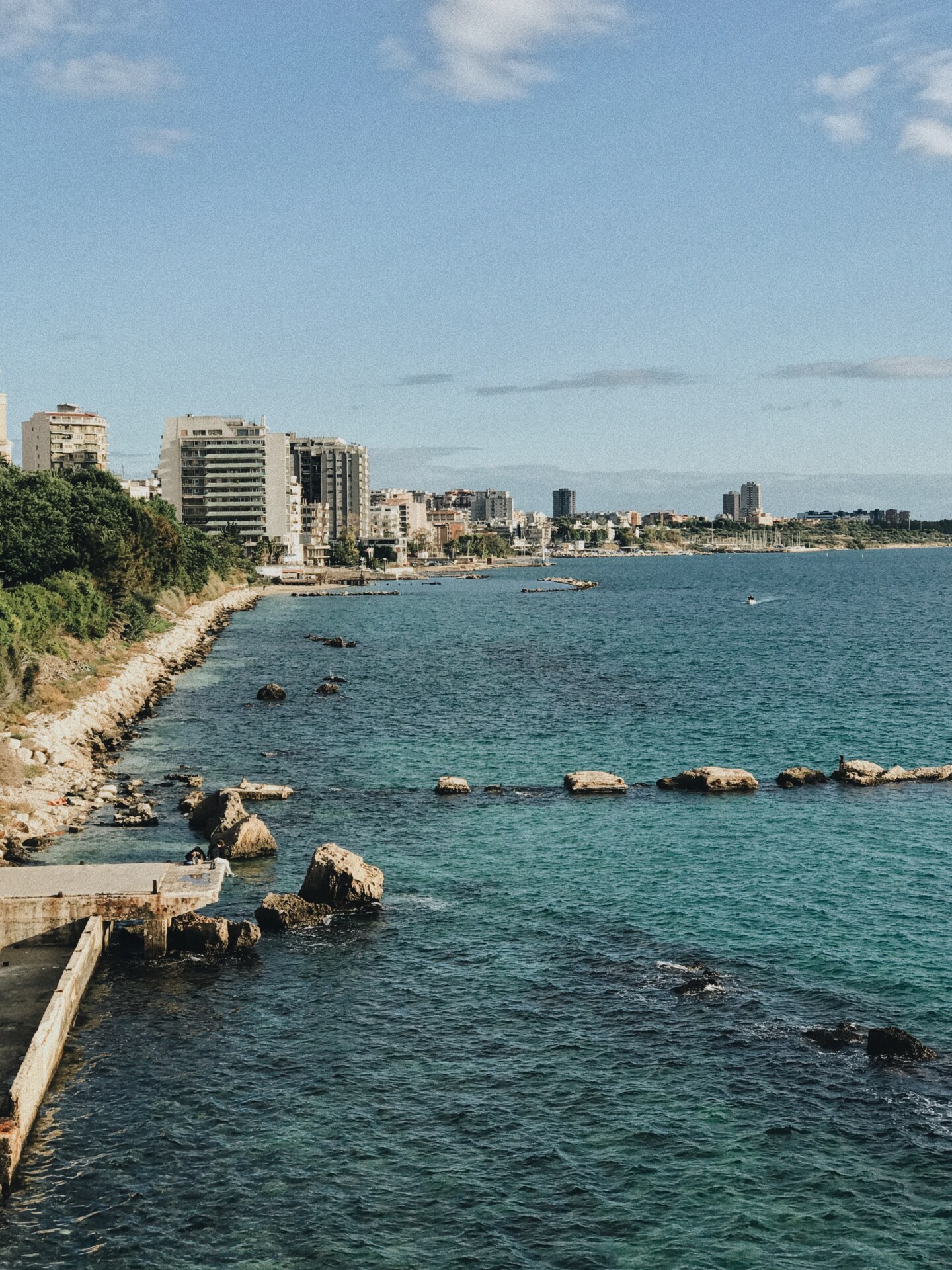
BOLOGNA
Bologna, the capital of Emilia Romagna, is known for its universities and its leftist politics, but above all else, it’s known for its cured meats. Mortadella is perhaps the most ubiquitously beloved of them all; a light pink, smooth, cured pork often dotted with pistachios and sliced in thin rounds. Across the Atlantic ocean, though, it’s taken on another identity: a round, impossibly pink, entirely uniform lunch meat found in bagged lunches and Oscar Mayer containers across the US. You’ll likely hear (and pronounce) it as “baloney”, although it is spelled the same way as the aforementioned city. With the influx of Italian immigrants to the United States, the meat was reinvented as something more appealing to the American palette, even if they couldn’t pronounce it correctly. Over the 20th century in America, the word took on other meanings: one, to describe an inexperienced boxer and two, as a slang term for something nonsensical or deceptive–as in “that’s a bunch of baloney”.
Fun Fact: Although Italians living in Bologna would likely be appalled by the stuff, a fried “baloney” sandwich is an American diner delicacy.
Another Fun Fact: In Sophia Loren’s 1971 film La mortadella (Lady Liberty for English audiences), Italian immigrant Maddalena, portrayed by Loren, arrives in New York with a special gift, a whole mortadella, intended for her future husband Michel (Luigi Proietti). Upon her arrival, airport authorities forbid her from bringing pork products into the country, but she adamantly refuses to part with the cherished delicacy. (Valid.)

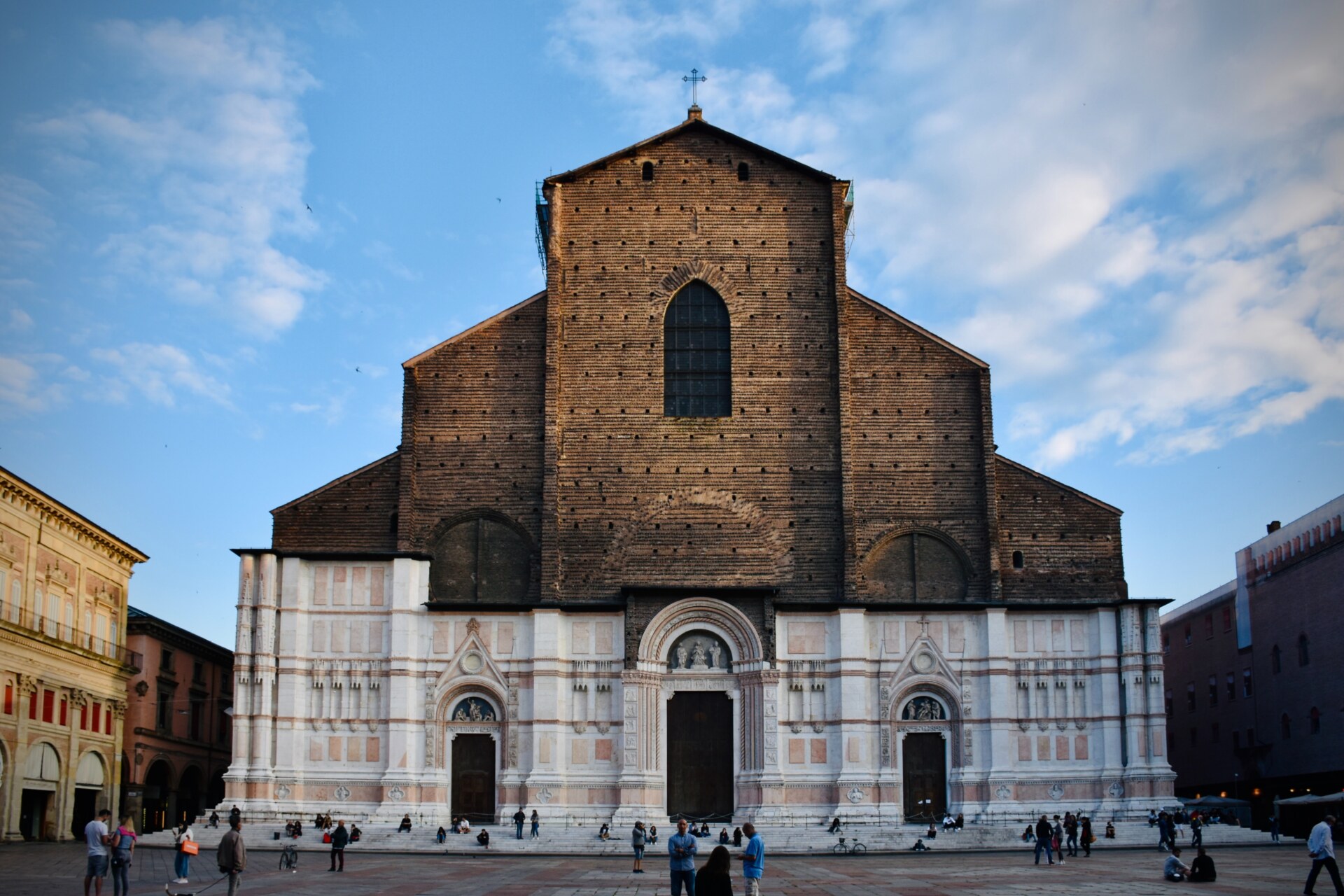
MAGENTA
It’s bright, it’s joyful, it’s pink, it’s empowering, and it’s even Pantone’s 2023 Color of the Year. Although magenta brings to mind more Barbie images than medieval cities, the color’s name actually comes from one, located just 19 km west of Milan. The quaint town–which ironically favors a yellow and ochre color palette–with typical northwestern Italian architecture is believed to be named after Marcus Maxentius, a Roman general and emperor (AD 306–312) headquartered there. But the cheerful color’s name comes from something more gruesome. On June 4th, 1859, the town was the site of the Battle of Magenta: a terribly bloody clash between 54,000 French soldiers led by Napoleon III, fighting on behalf of the Piedmontese, against 58,000 Austrians troops, who were controlling the town and much of Lombardy. By a sliver of luck, the French won, destroying much of the city in the process. The same year, French chemist François-Emmanuel Verguin discovered a new type of purplish-pink dye made from coal tar that he called “fuchsine”. The dye was renamed “magenta” to celebrate the Franco-Piedmontese’s crucial victory in the second War of Italian Independence (1859–61).

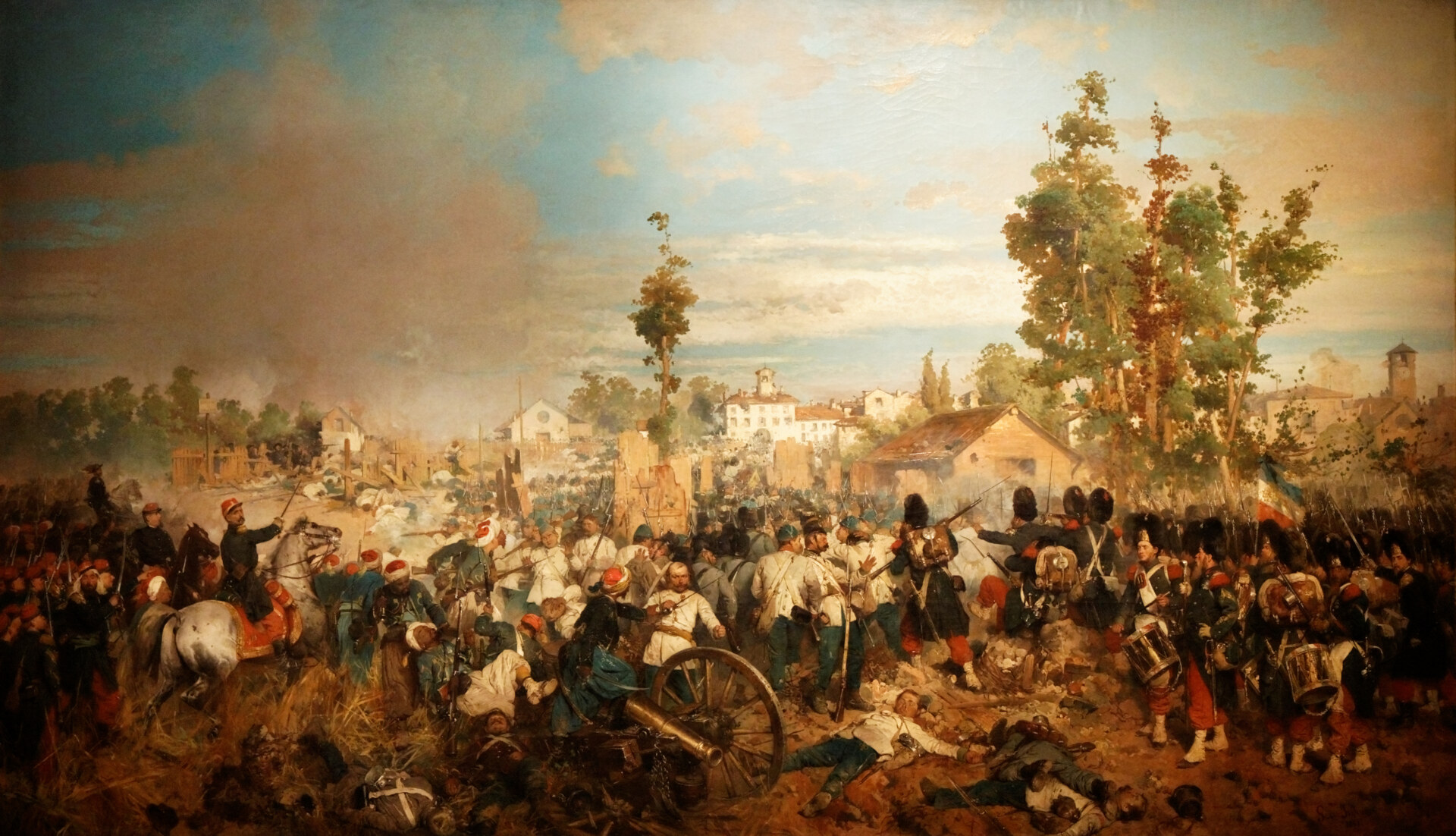
"Napoléon III et l'Italie"; painting by Gerolamo Induno




